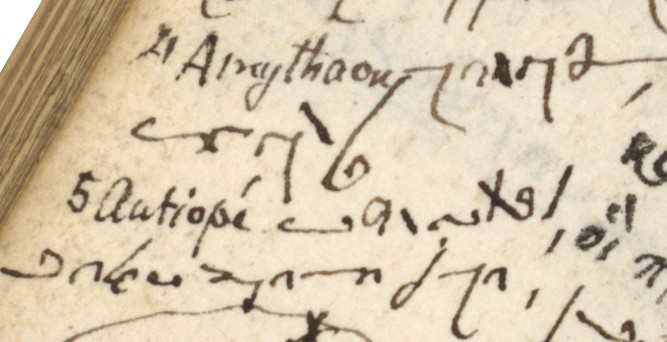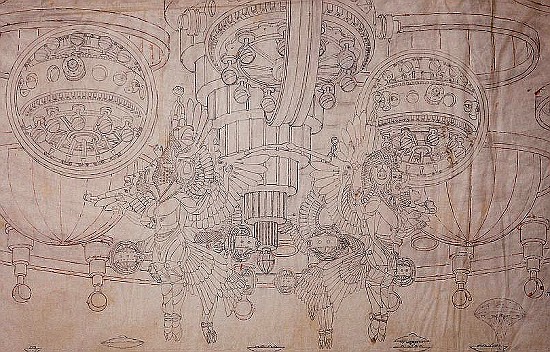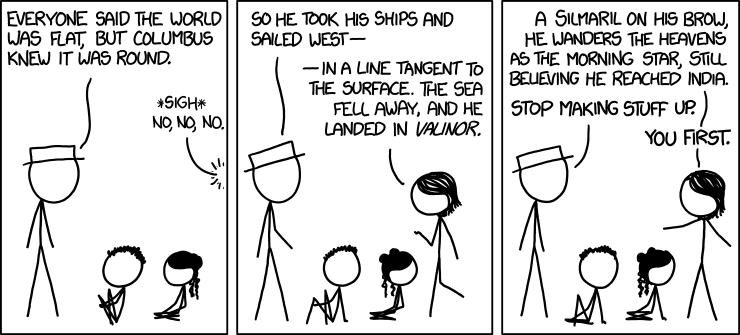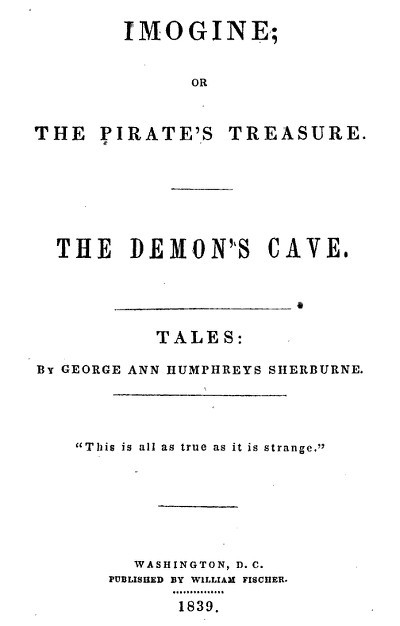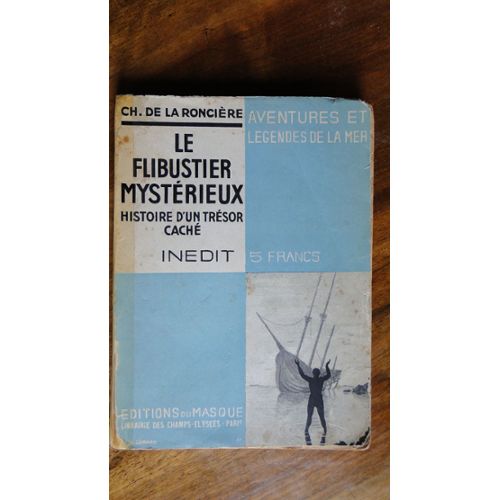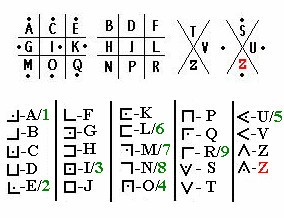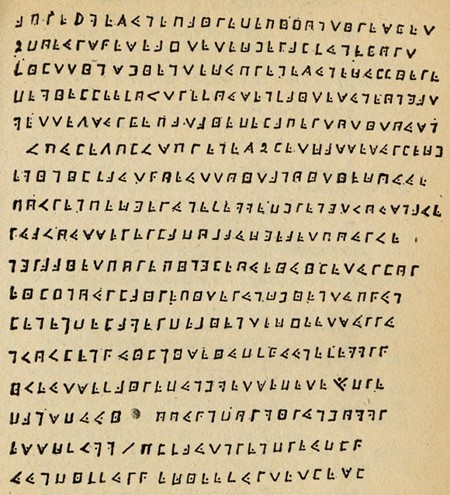What’s a Greek urn? About a hundred drachmas a day, Morecambe and Wise once said. Or possibly 1000 USD, if he /she can read shorthand marginalia…
The story of the day is that an unnamed donor has offered a thousand bucks to the first person to decrypt some curious marginalia in a rare 1504 edition of Homer’s Odyssey. And no, that’s not the car mentioned in The Simpsons’ segment “D’oh, Brother Where Art Thou?”, it’s a book held by The University of Chicago Library, whose librarians are no doubt being over-run with nutty emails now that the offer of a thousand bucks has gone semi-viral on the Interweb etc. You can download the hi-res TIFF files from Hightail here (though free registration is required for access).
The curious writing only appears on two pages of Chapter 11: and even with my ludicrously atrophied schoolboy Greek, it didn’t take long to work out which part the first page covers. If you start from the “πρωτην τυρω” on the second line, one translation runs:-
“The first I saw was Tyro. She was daughter of Salmoneus and wife of Cretheus the son of Aeolus. She fell in love with the river Enipeus who is much the most beautiful river in the whole world. Once when she was taking a walk by his side as usual, Neptune, disguised as her lover, lay with her at the mouth of the river, and a huge blue wave arched itself like a mountain over them to hide both woman and god, whereon he loosed her virgin girdle and laid her in a deep slumber. When the god had accomplished the deed of love, he took her hand in his own and said, ‘Tyro, rejoice in all good will; the embraces of the gods are not fruitless, and you will have fine twins about this time twelve months. Take great care of them. I am Neptune, so now go home, but hold your tongue and do not tell any one.’
“Then he dived under the sea, and she in due course bore Pelias and Neleus, who both of them served Jove with all their might. Pelias was a great breeder of sheep and lived in Iolcus, but the other lived in Pylos. The rest of her children were by Cretheus, namely, Aeson, Pheres, and Amythaon, who was a mighty warrior and charioteer.
“Next to her I saw Antiope, daughter to Asopus, who could boast of having slept in the arms of even Jove himself, and who bore him two sons Amphion and Zethus. These [two] founded Thebes with its seven gates…”
Yes, Neptune indeed “loosed her virgin girdle and laid her in a deep slumber” – these days, that kind of stuff only appears in court reports. 🙂
Anyway, what is interesting here (I think) is that you can see “Zethus | Amphion” written longhand in the bottom margin, as well as “Amythaon” above “Antiopé” in the left hand margin, all embedded inside long sequences of cursive marginalia.
Well, I’m fairly sure you’ve already worked out what I suspect: that these marginalia are not French shorthand (as the anonymous donor believes, though admittedly without proof), but are in fact some kind of cursive late Greek tachygraphy. Personally, I suspect early 18th century rather than 19th century (the language seems a bit too clunky to my eye), but a proper French historian (or indeed palaeographer) should be able to figure that part out (i.e. from the French itself) without any great difficulty.
Unfortunately, I can’t think for the life of me where my book on tachygraphy and shorthand has disappeared to, so all I can do for the moment is note (a) that Greek tachygraphy was an in-vogue subject in Germany 1860-1900, (b) it is usually considered to be formed of three parts (a syllabary, a monoboloi, and a set of endings), (c) that there is a long-running debate as to whether Greek tachygraphy really can be considered a continuum covering different marks over more than a millennium, and (d) that the Porphyrogenitus Project at Royal Holloway might also be a good place to start (did they ever publish it all?). So, what we have here looks to me like a simplified Greek tachygraphic syllabary, but what do I know, eh?
For now, all I can do is just throw up a couple of interesting Greek tachygraphy links for any starving academics out there who are so desperate for a small heap of money that they’ll even take a Cipher Mysteries post at face value. Good luck!
* A Plato Papyrus with Shorthand Marginalia Kathleen McNamee.
* On Old Greek Tachygraphy F. W. G. Foat, The Journal of Hellenic Studies, Volume 21, November 1901, pp. 238-267. Intriguingly, Foat mentions some “crypto-tachygraphy in a 15th century Lucian” (in Cod. Pal. 73, described in p.2 of Wessely’s “Ein system altgriechischer Tachygraphie” (1896), but I wasn’t able to find a copy online).

